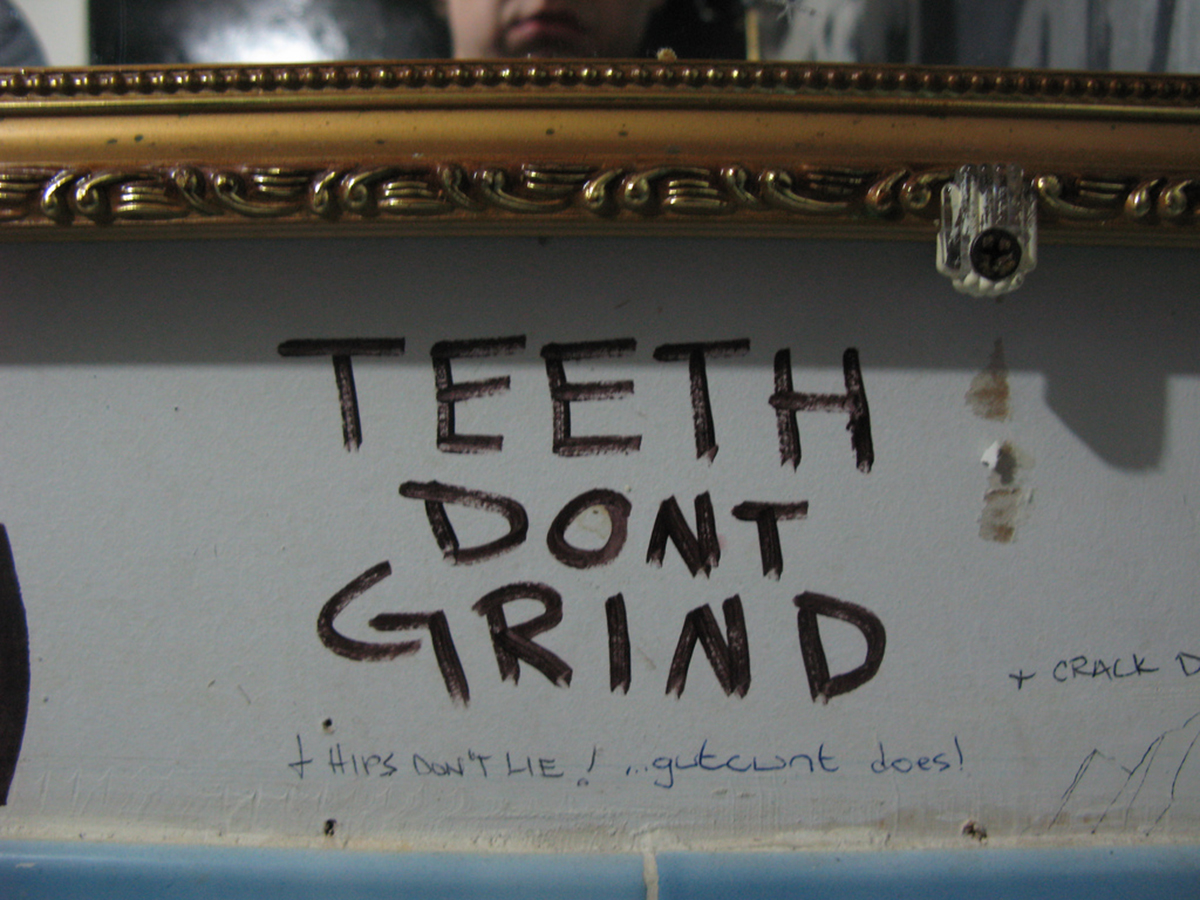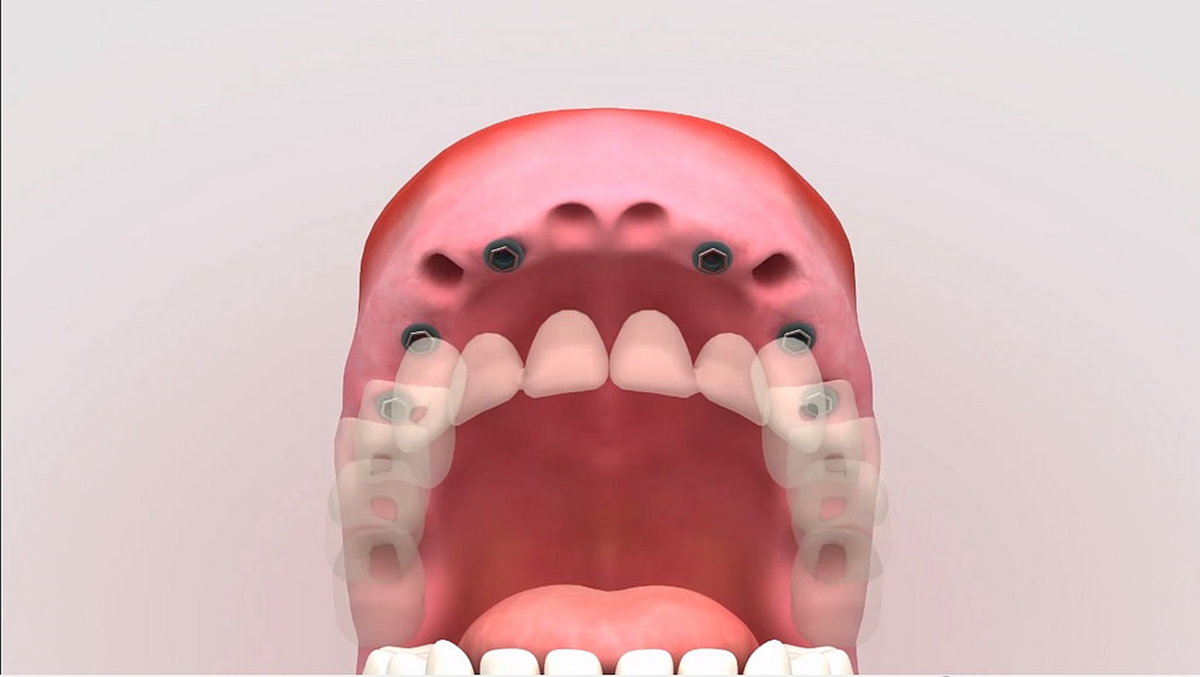Enamel is the outermost layer of teeth. It is also the hardest substance found in the body, harder than bones, nails, or anything else. Teeth can and do wear away over time, however leading to a whole host of problems.
Why Do Teeth Wear Away?
The most common reason for teeth to wear away is, wait for it, brushing your teeth. Too many people still believe that using a hard brush with force on their teeth allows them to clean it better. Research has now conclusively shown that teeth do not require a hard brush or forceful scrubbing at all.

The manner in which most people brush their teeth is also wrong. People tend to scrub their teeth horizontally while they should be gently rotating their brush or moving it vertically in a direction away from the gums.
The second most common reason is an excessive consumption of acidic food. Our diet has changed over the years to include more and more preservatives, caffeine and sodas of all kinds. The presence of acid in the oral cavity changes the normal balance and cause a demineralization of the enamel.
People who are suffering from acid reflux diseases, bulimia or other GI problems also face a severe wearing away of the teeth.
Night grinding or bruxism as it is medically called is also one of the more common reasons behind an unnatural wearing of teeth. The exact cause behind this condition is unknown and doctors suspect that psychological factors like stress and anxiety have a lot to do with it. Occlusal disturbances in the mouth, wherein the teeth do not quite meet each other in the correct manner are also a possible cause.
Tteeth will wear away with age even if there is no pathology associated with them — but that kind of wearing away or attrition as it is called is normal and does not cause large-scale or sudden problems to patients.
Chewing on foreign objects like bottle caps, tacks or something similar can lead to the development of wear facets on the teeth. Such habits will lead to a localized clinical presentation of worn away teeth. Habitual tobacco users are also certain to have teeth have been word down. In this case, a direct correlation can be made between the frequency of use and the severity of destruction of the teeth.
READ Dental Implants Surgery: The Pros And Cons
There are also some genetic conditions in which the enamel may not have formed correctly or may not have been bonded to the underlying layers with the same strength as expected in a normal individual. These conditions include but are not limited to Amelogenesis Imperfecta, and Dentinogenesis Imperfecta, and certain syndromes will have other symptoms that manifest extra-orally as well, making them quite straightforward to identify.
The rate of destruction of teeth in such cases is extremely rapid and most of the patients affected can be expected to lose all their teeth in the first two decades of life.
Problems Associated With And Treatment Of Worn Out Teeth
Symptoms Associated With Worn Out Teeth
Teeth can be worn out on any surface. In fact, the surface worn out lends a good clue as to the initial cause behind it. Teeth worn out due to brushing will have facets on the outside half while those affected by acid will have facets on the inside half. In cases of bruxism, the teeth are worn out from the edges and the chewing surfaces.
The first symptom that people generally complain of is sensitivity. The enamel is responsible for providing protection to the underlying layers of teeth from thermal changes. Think about it, our oral cavity can see a variation in temperatures of an extreme degree in just a few seconds during a meal.

Without the enamel to do its job, the underlying Dentin and the present nerve endings start to react to these changes.
As the destruction progresses, the dentin starts to give way to and the innermost layer of the teeth, the pulp, gets exposed. This is when sensitivity turns to pain. A sharp shooting kind of pain can be experienced by the affected patients.
The surfaces of the teeth start to become flatter and may make routine tasks like chewing of food a chore. For the front teeth that are affected, a change in their length or shape may make them appear aesthetically compromised.
Treatment For Worn Out Teeth
The treatment of the teeth will depend on upon the severity of destruction and as always, the earlier treatment is provided, the less invasive it will be.
The first step is to provide fillings in the facets created on the teeth and attempt to remove the offending cause. The idea is to provide a layer of protection to the dentin and thus getting rid of the sensitivity. Use of toothpaste and mouthwashes designed to help sensitivity at the same time will also help provide relief to the patient.
If this treatment plan does not provide relief or the pain is extremely severe, then a root canal treatment is indicated. This will remove the pulp, which is the source of all nerve endings, from the tooth and provide pain relief.
A crown to provide strength to the remaining tooth structure is also necessary.
For people who have habits like bruxism, an occlusal evaluation to find out if they have any irregularities should be done. A night guard to help prevent further destruction to their teeth is also provided. Systemic treatment of diseases like GERD and Bulimia should be undertaken concurrently to ensure that the problem is tackled from ground up.
READ Dental Implants as a Solution to Missing Teeth
Cosmetic damage to the front teeth can be easily corrected through a combination of tooth colored fillings, occlusal adjustment, and crowns as indicated in the particular clinical situation.
Conclusion
A lot of people tend to take their teeth for granted and neglect them. Unfortunately, though, the problem of worn out teeth seems to be more common in people who show a little too much Exuberance in taking care of their teeth! The key is to be well-informed and balanced in approach to care.
- www.webmd.com/oral-health/guide/tooth-enamel-erosion-restoration
- Photo courtesy of pheezy: www.flickr.com/photos/pheezy/2091951422/
- Photo courtesy of com_salud: www.flickr.com/photos/com_salud/21155810804/
- Photo courtesy of


Your thoughts on this